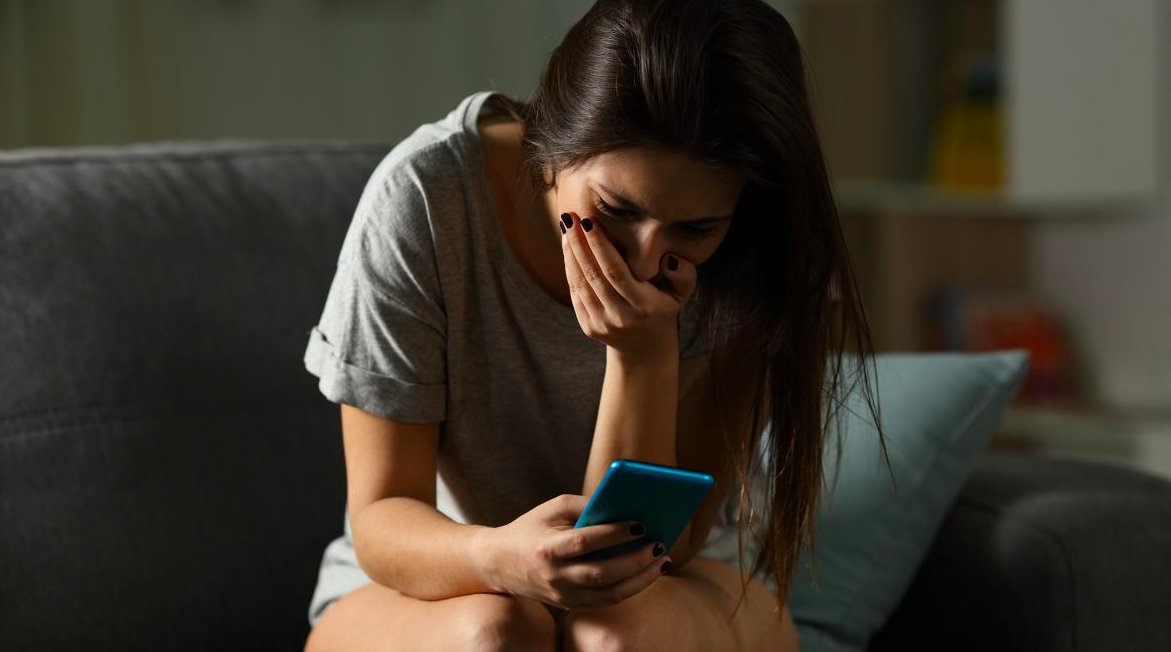“Revenge Porn” is a term that exists but is barely ever brushed upon, because as a country, we often resort to victim blaming instead of looking at the crime. The concept of consent seems to be thrown out of the window in most cases as we see a rising number of people being harassed on the internet using personal pictures.

What is the procedure to complaint in these cases? What steps should you follow if your private images have been leaked online?

Tanya Appachu, a lawyer has taken to Instagram to educate women about their rights and we love to watch her preach.
Step 1 – Report to the Cyber Cell.
Cyber-crime cells exist in all states and Union territories, for reporting and investigating cyber-crime cases. The amended 354(C) of the Criminal Law (Amended) Act 2013, also known as the ‘’Voyeurism Section’’, criminalises capturing and sharing images of a woman in private space. It deals with punishment comprising of imprisonment which may extend to 5 years, and fine up to 2 lac rupees or both in certain cases.
Step 2 – Identify the websites that have used these images, or where these images have been posted and shared. And send them a legal notice to take it down.

Just because it doesn’t happen in person, does not mean that someone blackmailing or sharing your private pictures without your consent – is not sexual harassment. It is a punishable offence and there are laws in place that protect the victim.
Step 3 – File a complaint with the National Commission of Women.
The charges depend on the kind of pictures that are shared without consent and criminal charges can be filed under section 504 and 506 of IPC.

Your privacy matters. And just because things happen online, we can’t brush them under the rug. Never be afraid to hold the people who harm you, even on the internet, responsible for their actions.

















